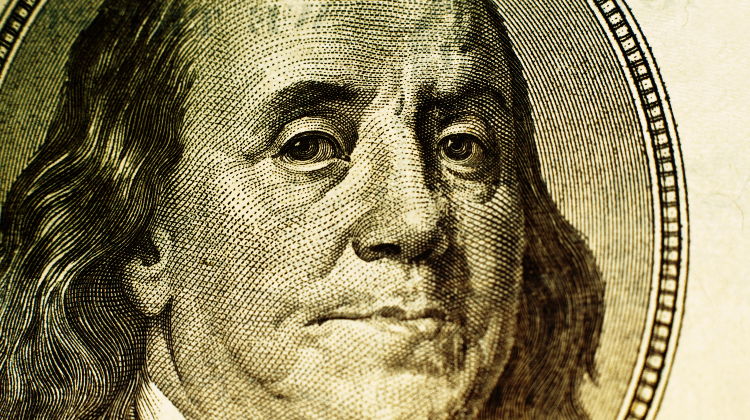
If you take payments from customers on a regular basis and still offer the same exact payment channels that you did five years ago, there is a good chance that you are missing out on an easier way to get your payments. Mobile payments eliminate the need for “cash in hand” and provide convenience for both you and your customers.
Despite the fact that ‘traditional’ banking methods are still the most popular payment option, an increasing desire for financial freedom and less delays is causing more and more consumers to turn to mobile technology. If businesses are behind on payment options, there is a good chance that consumers may turn to alternative options that are able to meet their payment needs.
Who are some of the major players?
- Square Cash – This new service allows mobile payments in a heartbeat. The usability and minimalist design are no surprise if you consider that Jack Dorsey, the co-founder of Twitter, is responsible for this service. Users complete a one-time sign up process (that takes between two and three minutes) and are able to send cash within seconds. All the user needs is basic information as to whom the money is going to and to verify the account once (through submitting your SSN or logging in through Facebook). After that, sending money is as simple as sending an email.
- PayPal – PayPal has been around since 1998 but has only recently become appealing on the mobile market. For example, PayPal revealed that when compared to Black Friday 2010, Black Friday in 2011 saw a 538 percent increase in global mobile payment volume on PayPal mobile purchases.
- Isis – This is a joint venture from T-Mobile USA, Verizon Wireless, and AT&T Mobility. CEO Michael Abbott is heading the project. Isis already entered into partnerships with Discover, American Express, MasterCard, and Visa. It is possible that each carrier will receive its own branded mobile payment management app.
- Google Wallet – Google ventured into mobile payments with the introduction of Google Wallet. This payment system and mobile app combines digital payments and NFC with discounts and deals. While it has limited availability, if previous results from Google are anything to go by, it could be exciting.
It reduces risk
If you are running a business with cash on hand, you know that this might pose a significant risk. Theft (whether employee theft or third party theft) remains a serious issue because it is impossible to track money. It is also possible to lose money in a moment of inattentiveness. Customers run these same risks, which is one of the reasons that we have seen Western society shift towards credit card payments in recent years. The mobile payment system offers the same benefit for the vendor as for the customer.
Because mobile payments use secured and encrypted transactions, it also reduces the risk of fraud that still exists with credit card processing. While there is no payment method that offers a 100% safety guarantee, mobile payments have come so far that they are as secure as the other alternatives on the market.
It may be able to help you save money
The traditional cash register systems that many businesses still utilize are far more expensive than mobile payments are. There is no longer a need for custom software or specialized equipment. Stores would all utilize the same straightforward mobile technology that customers would quickly become accustomed to and comfortable with.
Considering the immediacy of mobile payments, it may also help businesses with a smoother cash flow. Instead of turning to credit in order to cover expenses, businesses would instantly have access to these payments. Traditional billing can be a hassle, not only do people have to worry about being paid on time, but it is also challenging to get the invoices out in time and to keep all the information accurate. The use of mobile payment technology drastically reduces the amount of paperwork that goes into securing your payments. If you consider a number of mobile payment processing clients are able to integrate into your accounting software, it really highlights the convenience.
You are helping your customers
Businesses would not only reduce their own risks and expenses, but using mobile payments will benefit their customers at the same time. Mobile payments are convenient for customers too, as they are more efficient and much faster. The same electronic bookkeeping that small businesses are able to benefit from goes for consumers as well. Oftentimes these payments will send the consumer an email that tells how much they spent and where they spent it.
By offering mobile payments to consumers, you are showing that you not only are aware of the latest trends, but also care about their convenience. Both are desirable traits for businesses to have.
There are a few things to consider:
- Despite the increasing growth of mobile payment adoption, we are still in the early stages of the process. This means that an increasing number of individuals are going to demand this payment method in the future.
- According to figures from eMarketer, mobile payment transactions more than tripled from 2011 to 2012 in the United States.
- Starbucks is changing its debit and credit card processing partner to Square. More than 7,000 Starbucks locations throughout the country accept the “Square Wallet.”
- As if we needed evidence of PayPal catching on as a transactional platform, just last year it processed $14 billion in mobile payments. A new alliance with Discover is only going to increase the mainstream appeal.
No one is going to suggest that mobile payment technology is set to take over the world next year. However, if we consider the amount of people who carry a smartphone with them everywhere they go and the increased demand for convenience, mobile payments simply make sense.





